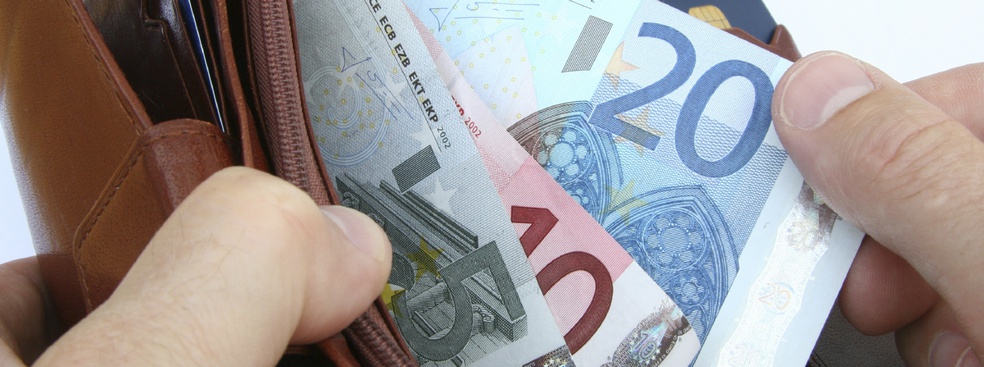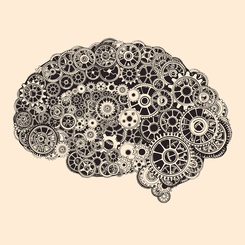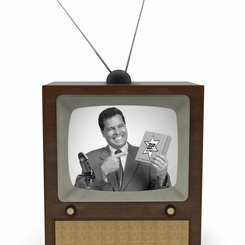With Arnaud De Bruyn and Sonja Prokopec
Charities seeking donations all struggle with the problem of how much money they should ask for. Success depends on two things: whether people will donate, and how much they will give. Many charities use what we call an ‘appeal scale’, where target donors choose one option from a set of suggested donations along a range – for example, €20–€30–€50–€100.
We wanted to find out the optimal way to set up these appeal scales, focusing on two factors: the value of the leftmost (lowest) amount, and the ‘steepness’ of the increases along the scale. We also wanted to explore the impact of personalizing the scale for individual recipients, based on how much, and how often, they had donated in the past.
Deciding whether to donate
When people receive an invitation to donate to a charity, they decide how to respond by mentally consulting an internal decision script. The first stage in the script is deciding whether or not to donate. If the answer is ‘yes’, the second stage is deciding how much to donate.
One important factor that shapes the script is donors’ past experiences, which provide reference points for evaluating new requests. If the amount requested is close enough to what the donor has given before, they will feel it is acceptable. But if it differs too much, they will reject it.
Previous researchers have found that donors generally use the leftmost point on the appeal scale to decide whether the amount they want to give is appropriate. If the lowest amount is less than they intend to give, or less than they gave before, it’s easy for them to say ‘yes’. But if it’s more than they gave before, they may be reluctant to donate, and may even be turned off by what they see as an attempt to pressurize them. So our theory is that decreasing the leftmost value increases the likelihood of a donation, and vice versa.
However, this effect should be more powerful for increases than for decreases. If the leftmost amount is increased above the donor’s previous donation, they might feel that they would rather not donate at all than be seen as ungenerous, whereas decreases below the previous donation would have a more neutral effect.
Deciding how much to donate
If a donor decides to give, they must then decide how much to give. Again, the appeal scale plays an important role, as the donor uses it to infer what other people give, on average, and set their own donation accordingly. If the increases on the scale are ‘steeper’, the average is higher, and donations should also be higher.
However, the leftmost point is still crucial, because it indicates the minimum socially acceptable donation. It also affects the average, because if the leftmost amount is higher, all the other amounts are shifted upwards. So our theory is that the leftmost amount on the scale has a stronger impact on donation amounts than the steepness of the increase.
Not all donors are equally influenced by these changes to appeal scales. The more often someone donates, the stronger their sense of how much they want to give, and what is appropriate. If they donate rarely, they are more likely to rely on the appeal scale to make a decision. We predict that changes to the appeal scale will have more impact on the likelihood and amount of donations made by infrequent donors.
Testing the theory
To test our theories, we collaborated with a large European non-profit organization who was sending a letter to 50,208 people, all of whom had donated at least once before. The letter came with a reply coupon featuring an appeal scale that could be personalized to each donor.
Before the mailing, we analyzed the mailing list and randomly assigned each donor to a category on a 3x3 grid. Along the top of the grid was the leftmost amount that would appear on the donor’s appeal scale: lower than their last gift, equal to their last gift, or higher than their last gift. Along the side was the gradient of the appeal scale: steep (20% increases), steeper (50%) and steepest (80%).
With this method, each donor was given one of nine types of appeal scale. However, since every donor’s last donation was different, each scale was also different – even within the same category.
Analyzing the results
Overall, 9% of the donors made a donation, which is around the normal level. However, the rate varied from 7.9% to 10.1% between our nine categories. As expected, we found that increasing the leftmost amount decreased the rate of donation. The steepness of the scale had no effect on the decision to donate.
Turning to the donation amount, we found that manipulating the appeal scale had a powerful impact. When the leftmost amount was lower than the previous donation, the amount given fell by an average of 7.3%; when it was higher, the donation rose by around 10.9%. Changes to the steepness of the scale had less impact than we expected, with variations of –2% for ‘steep’ to +3% for ‘steepest’.
To look at the frequency of donations, we divided donors into two categories: ‘infrequent’ (just one past donation) and ‘frequent’ (two or more past donations). The average response rates were 4.6% for infrequent donors and 10.2% for frequent donors.
By analyzing these two groups, we confirmed our theory that changes to the appeal scale have more impact on infrequent donors. Moving the leftmost amount from ‘lower than last donation’ to ‘higher’ reduced their likelihood of a donation by 18.6% compared with 16% for frequent donors. Altering the scale’s gradient from ‘steep’ to ‘steepest’ increased donation amounts by 10.4% for infrequent donors, compared with 4.7% for frequent donors.
Lessons for charities
Our results show that changing the appeal scale can have a real impact on donations – particularly the leftmost amount on the scale, which affects both the decision to donate and the size of the donation. They also show that infrequent donors are more strongly influenced by appeal scales.
Previous researchers tried different variations of appeal scale on different groups of donors, and reached varying conclusions. Our work shows that the appeal scale must be tailored to each individual donor, based on their past history, if it is to maximize their donation.
Further Reading:
"Opening a donor's wallet: The influence of appeal scales on likelihood and magnitude of donation", published in Journal of Consumer Psychology









